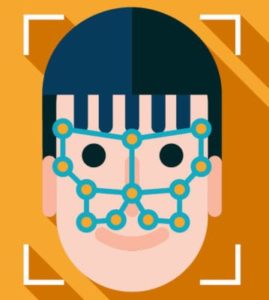
A new Apple patent suggests that the company is still working to enhance its sophisticated facial recognition technology.
The patent describes a compact, next-gen apparatus for Apple’s TrueDepth camera system. This is the component of the iPhone that powers Apple’s Face ID authentication system, projecting a grid of infrared light onto a user’s face in order to establish a 3D map of it for biometric purposes.
The system described in the patent is essentially an upgraded version of it. As outlined in the filing, an array of lenses can be used to created uniform flood lighting or a specific pattern of light over a subject area. Light can be projected in order to enable 3D mapping based on triangulation, or based on Time-of-Flight, an approach in which the time that light takes to bounce back from the subject is used to calculate distance.
As Patently Apple reports, the patent was filed in Q3 of last year, with the inventor listed as Neil MacKinnon, a senior optical engineer who has been employed by Apple since 2012. The patent has now been published by the US Patent and Trademark Office.
As with all other patents filed by Apple, the intellectual property itself is no guarantee that the technology described will ever end up in an actual commercial device. But the fact that a senior Apple engineer is continuing to refine the company’s pioneering 3D facial recognition technology suggests that Apple maintains a strong interest in this particular biometric system, and perhaps also that it’s well aware of the need to stay ahead of the competition as rivals launch 3D face-scanning systems of their own.
Source: Patently Apple

Follow Us